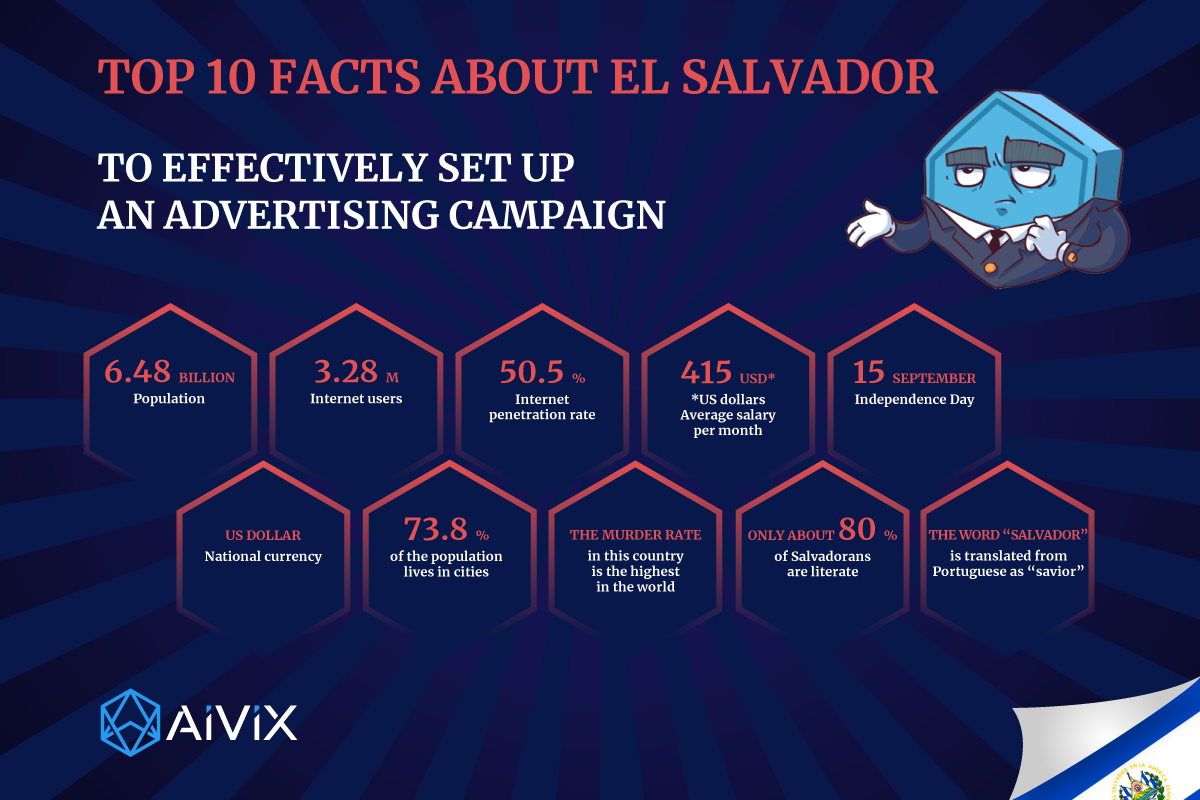
CONTENTS
- Geography and population of El Salvador
- Official language of El Salvador
- Currency in El Salvador
- Internet in El Salvador
- Economic Development of El Salvador
- Job in El Salvador
- Working days and holidays in El Salvador
- El Salvadorian mentality
- Advertising in El Salvador
- Cryptocurrency in El Salvador
Geography and population of El Salvador
El Salvador is a mountainous country with a subtropical climate, which is located in Central America and borders on Guatemala and Honduras. It is the smallest and most populous country in Central America. Its population of just over 6.4 million covers an area of just over 21,000 square kilometers.
El Salvador is prone to extreme weather conditions, with regular earthquakes, wildfires and landslides triggered by drought and heavy rains.
Most of the territory of El Salvador has a rugged relief due to volcanic and Teutonic activity. This creates many problems for residents and government as weather events and tectonic activity affect the economy, which is now dominated by services and industry.
General information about El Salvador:
• Capital: San Salvador
• Area: 21,040 km²
• Telephone code: +503
• Top level domain: .sv
• Population: 6.48 million people

Population of El Salvador
El Salvador ranks third in terms of population among the six countries of Central America. In 2021, the population of El Salvador was 6.48 million (50.8% male and 49.2% female). In 2015 62.5% of the population was in moderate poverty and 12.1% were in extreme poverty.
The fundamental characteristic of this country is that the population is mostly young, as 52.6% of the population is under 30 and 13.2% is aged 60 or over. In addition, it is the most populous country in Central America and ranks 83rd in the world in terms of population density.
The population of the country mainly consists of mestizos of indigenous and European origin.
Ethnic groups:
• Mestizo 86.3%
• Whites 12.7%
• Indians 0.2% (including Lenca, Cacavir, Nahua Pipil)
• African Americans 0.1%
• Other 0.6% (2007 est.)
According to the UNDP, El Salvador’s human development index is 0.674. This is 121 out of 189 countries analyzed, which ranks El Salvador among countries with medium and low levels of human development, below the average for Latin America (0.740). Looking at the Gender-Adjusted Development Index (GDI), which takes into account inequality between men and women, it is 0.427, which ranks the country 91st out of 155.
At the national level, the average level of schooling by sex is 6.7 grades for men and 6.5 for women. In urban areas, the average level of schooling for men is 7.9 and for women it is 7.5; in rural areas, the average level of school education for men is 4.9 grades, and for women – 4.6 grades. This suggests that women have less access to education than men, which limits their ability to get decent jobs.
Big cities:
• San Salvador (capital) – 238,244
• San Miguel – 265,921
• Santa Ana – 245,421
• Santa Tecla – 161,500 people
• Mexicanos – 144,872
• Ahuachapan – 129,750
Official language of El Salvador
Locals usually use Spanish, which is the official language of the country. In addition to Spanish, other languages are also used:
• Lenka is one of the indigenous languages of Mesoamerica. It is spoken in southwestern Honduras and east of the Lempa River in Spanish America.
• Pipil – This language was originally spoken by the Pipils in the western part of the country, and some people in the country usually designate this language as Navat.
• K’ekchi’ is one of the Mayan languages commonly spoken in the Alta Verapaz, Baja Verapaz, Izabal, Petén and Quiché regions. In the Toledo region of Belize, most of the Maya speak the K’ekchi’ language. The number of speakers is estimated at 500,000.
• Kakaopera is an extinct language, descended from the Misumalpan family, which was formerly spoken in the Morazán region. He was closely associated with Matagalpa and somewhat more distantly with Sumo.
The Spanish spoken in the country is often called Salvadoran Spanish and the local Spanish dialect is called Caliche. This language consists of local slang words and expressions that are used by people and are not officially part of the Spanish dialect. Kaliche is mainly used by children and people living in the countryside.
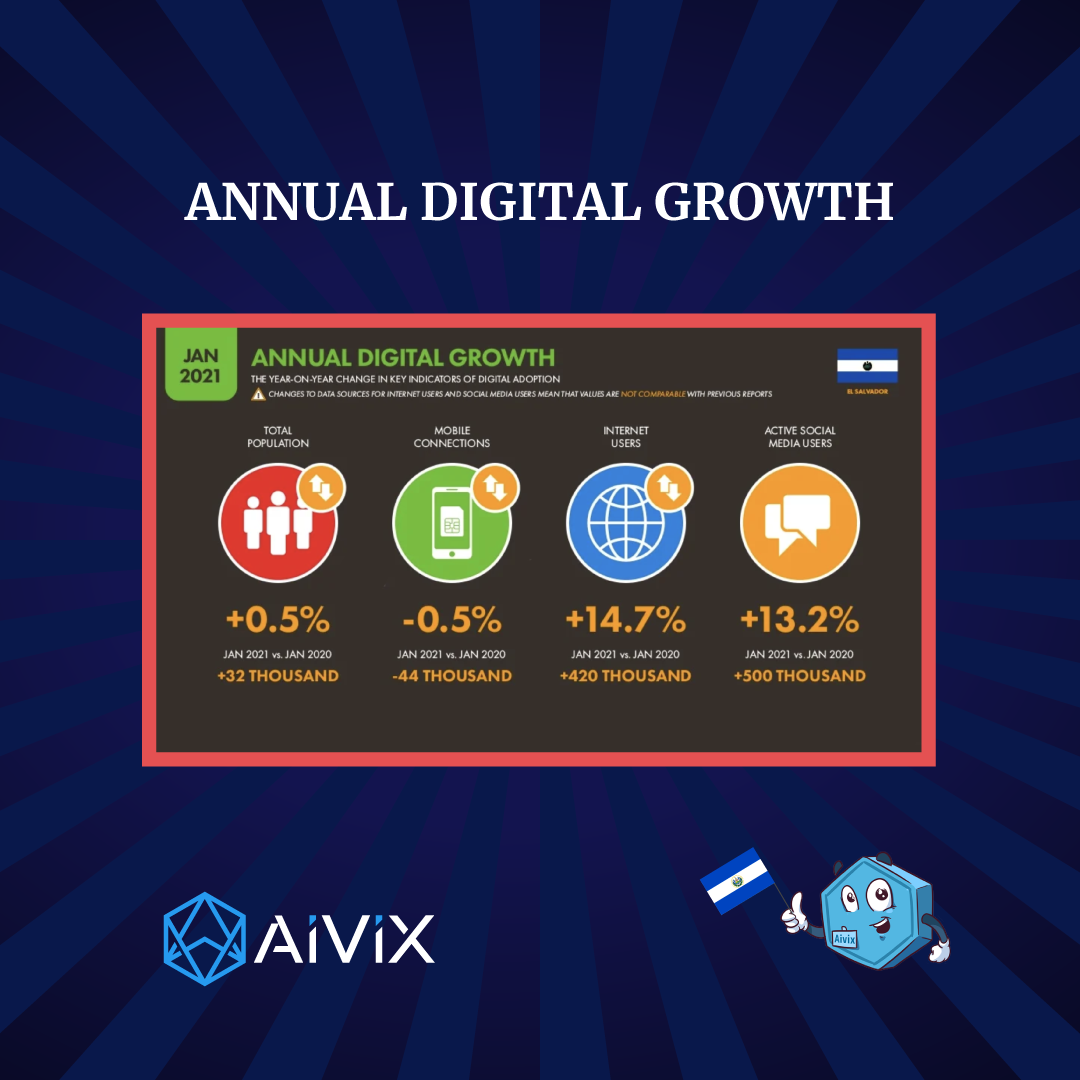
Currency in El Salvador
On September 7, 2021, El Salvador went down in history as the first country in the world to legalize bitcoin. But this is not the first major change the country has faced in its currency.
In 2001, the Law on Monetary Integration came into force, which approved the US dollar as the country’s official exchange currency. After 21 years, the dollar completely replaced the colon, which was the currency of El Salvador for over 100 years.
Today, the Salvadoran colon is more of a museum piece and a relic. A return to the colon is unthinkable, since more than 75% of the country’s debt is denominated in dollars, which would not only create uncertainty, but also increase the budget deficit. The country will not be able to support itself, which will eventually lead to devaluation and inflation, the main consequence of which will be an increase in poverty.
Internet in El Salvador
The telecommunications market in El Salvador today is quite well developed, despite the undeveloped infrastructure. The broadband Internet sector is limited due to the reduction in the number of fixed lines. However, there is still the possibility of stable internet connection with excellent speed.
In the DSL access sector, there is a virtual monopoly of the ISP Claro. This provider offers Internet connection with the most common technology in 3 packages:
• Claro Hogar Doble Internet 5 Megas. Data download speed – 5 Mbps. Price – $25 per month.
• Claro Hogar Doble Internet 10 Megas. Data download speed – 10 Mbps. Price – $40 per month.
• Claro Hogar Doble Internet 30 Megas. Data download speed – 30 Mbps. Price – $65 per month.
Every day, 3.8 million users or 59.4% of the population use the Internet for various purposes, both personal and commercial. Most Salvadorans have access to the Internet through mobile devices, especially smartphones, allowing them to be connected wherever they are. To do this, it is enough to purchase service packages or navigation plans, the validity of which can be several hours or days, depending on the needs of the person.
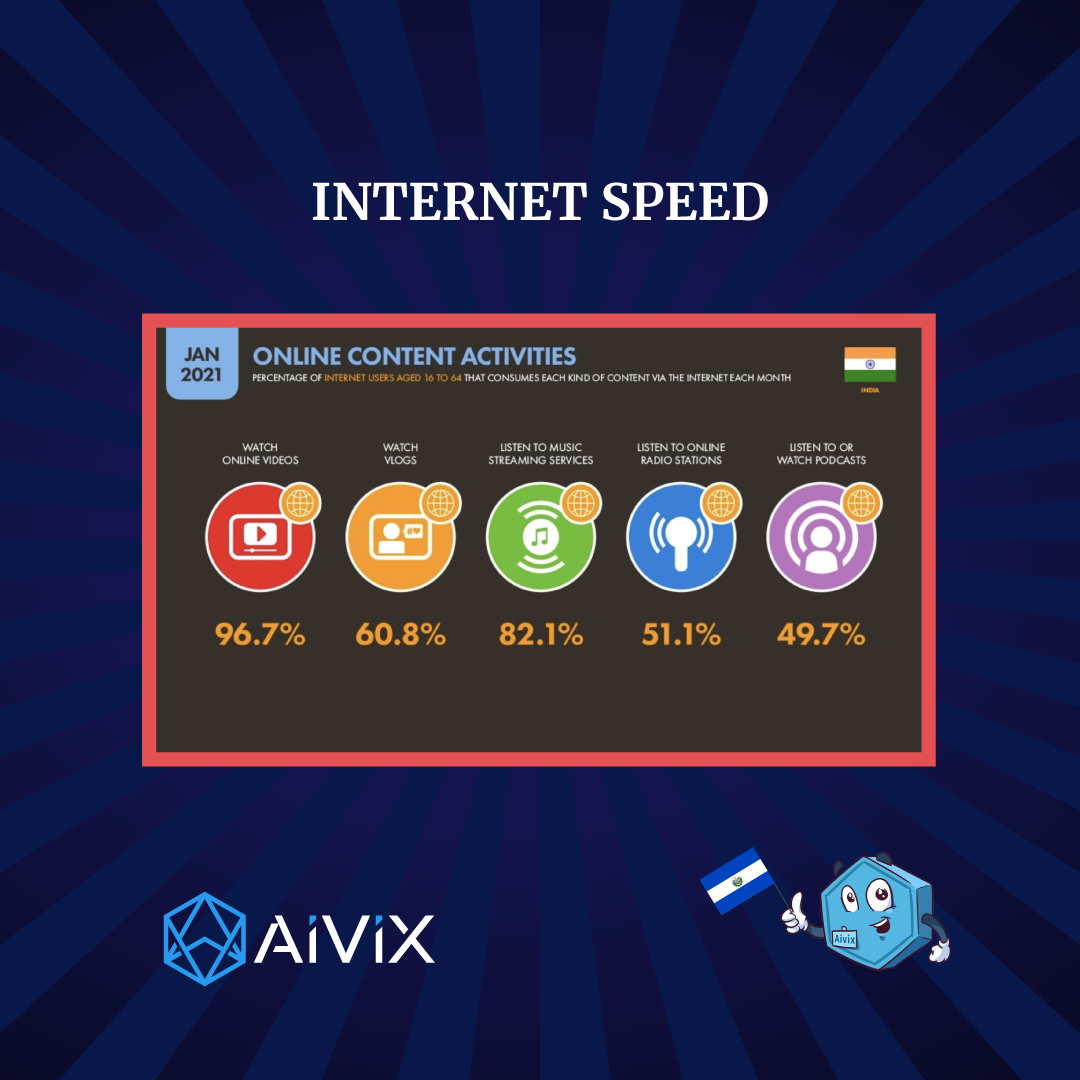
Economic development in El Salvador
El Salvador has experienced modest economic growth in recent decades, with annual GDP growth exceeding 3% only twice between 2000 and 2020. Despite this, the country has achieved significant reductions in poverty and inequality.
The poverty rate (based on a $5.5 per person per day poverty line) fell from 39% in 2007 to 22.3% in 2019. Extreme poverty, measured at $1.9 a day, fell from 13 percent in 1995 to 1.5 percent in 2019. Poverty reduction was mainly due to labor income and the transition of workers from low-paid jobs in agriculture to higher-paying jobs.
Through pro-poor growth and wider prosperity, El Salvador has become the most egalitarian country in Latin America and the Caribbean. The Gini index fell from 0.54 in 1998 to 0.38 in 2019, the lowest in the region. In urban areas, the reduction in inequality has been at the expense of labor income, while in rural areas it has been at the expense of income received mainly from pensions and remittances.
Job in El Salvador
The salary range of workers in El Salvador is usually between $212 (minimum salary) and $707 (average maximum). The average salary is $400.
Currently, the minimum wage varies depending on the field of activity. The minimum wages in El Salvador 2021 per month:
• Trade and Services: $365.00
• Industry: $365.00
• Textiles and clothing: $359.16
• Sugar industry: $365.00
• Coffee processing: $272.66
• Agricultural sector: $243.46
The maximum personal income tax rate is 30 %. Other taxes include VAT and excises. The total tax burden is 20.2% of the total national income. Over the past 3 years, government spending accounted for 25.1% of total output (GDP), while the budget deficit averaged 2.6% of GDP. Public debt is 69% of GDP.
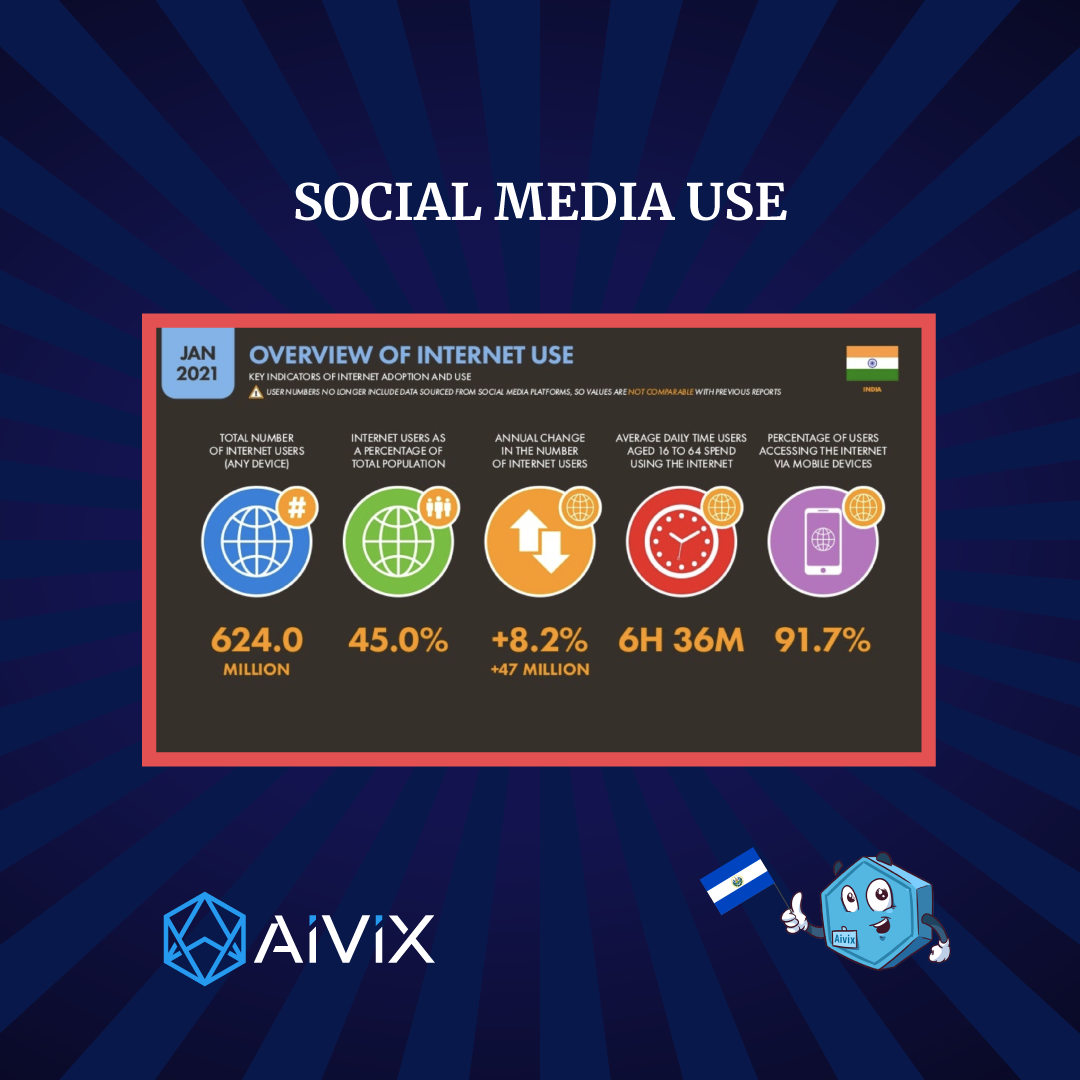
Working days and holidays in El Salvador
According to the law, holidays are divided into two types: working and non-working. Below we list all national holidays that are not business days. Both state and private workers rest on these days.
However, most employees of private companies almost always work, subject to the agreement with employers of additional benefits established by the Labor Code of El Salvador. On weekends, an employee may receive double pay for the day worked.
Public holidays in El Salvador (weekends):
• January, 1st: New Year
• April, 14: Maundy Thursday (2022)
• April, 16: Good Friday (2022)
• April, 17: Holy Saturday
• May, 1st: Labor Day
• May, 10: Mother’s Day
• June, 17: Father’s Day
• August, 6: Holy Savior Day
• September, 15: Constitution Day and Independence Day
• November, 2: All Souls’ Day
• December, 25: Christmas (2022)
It is worth noting that most people use the weekend for walking and visiting the sights of El Salvador.
The mentality of the residents in El Salvador
El Salvador is a country of stunning diversity. Mountainous cloud forests and steaming volcanoes, charming colonial cities and sweeping green valleys, black sand beaches and some of the world’s best surf spots are all here and chances are you’ll practically have them for yourself as the large country unknown to travelers.
El Salvador is a country of breathtaking diversity. Mountain forests and smoking volcanoes, charming colonial towns and wide green valleys, black sand beaches and some of the world’s best surf spots – it’s all here. However, El Salvador is also a country that has survived a bloody civil war, devastating natural disasters and banditry.
Despite or because of these trials, Salvadorans have an uncanny resilience, as well as a surprisingly disarming friendliness and hospitality towards guests.
The mentality of the inhabitants of El Salvador is traditional: the man is the breadwinner, and the wife looks after the house. From birth, children are brought up with the understanding that they will play different roles in life. While more middle-class and upper-class women now go to work, they continue to be reassigned to clerical and support positions.
.png)
Advertising in El Salvador
Advertising in El Salvador is realized through television, radio and newspapers, and 20% of advertising is in outdoor media. Depending on the target market, the nature of the product, the communication message or the marketing plan, advertising agencies will recommend the most suitable media mix.
The country has 47 television channels. This number includes commercial, educational and religious channels with nationwide or specific area coverage. The main national VHF channels are 2, 4, 6, 8, 10 and 12. The first three are part of the same business group, Telecorporación Salvadoreña. There are 28 ultra-high frequency (UHF) channels in the lower bands with limited broadcast range, some with nationwide coverage such as Canal 19, Canal 21 and Canal 33. Major TV channels now broadcast their programs over the Internet, targeting the audience Salvadorans living abroad.
There are 196 FM and 71 AM radio stations in El Salvador. Statistics show that 70% of FM stations broadcast mainly music, while 30% broadcast news, commentary, religious, sports and/or educational programs.
In terms of print media, there are six newspapers in the country with a total daily circulation of more than 300,000 copies. El Diario de Hoy and La Prensa Grafica are the leading daily newspapers with a nationwide reach with 65% of the total circulation. They are followed by Diario El Mundo. In addition, El Heraldo de Oriente and El Pais are smaller publications covering news from the east and west of the country.El Grafico (sports) and MAS (daily news) are smaller newspapers. El Faro and La Pagina are electronic newspapers. Magazines with a regional reach, such as Estrategia y Negocios, El Economista Regional, SUMMA, and Central America Today, are the media of choice for economically active and business audiences.
The International Center for Conferences and Fairs of El Salvador (CIFCO) regularly organizes exhibitions and trade events. To promote a company or brand, the most popular exhibitions are consumer products, the automotive industry and the International Fair, held twice a year.
Cryptocurrency in El Salvador
El Salvador is the first country to use bitcoin as a legal currency. The day bitcoin became legal tender in the country, the price of BTC fell by 17%, just after El Salvador bought 400 units for $21 million. Taking advantage of the fall, the country’s authorities decided to purchase another 150 units.
The penetration of BTC into the economy is so great that banks in the country give customers the opportunity to pay loan obligations in bitcoins with the possibility of automatic conversion into dollars for banking transactions.
With the adoption of bitcoin as legal tender in El Salvador, many crypto-currency companies have the opportunity to establish their business in this country. They will be able to develop a business model based on bitcoin, especially considering mining.
For example, the President of El Salvador is already planning to build mining farms that will run on electricity from geothermal sources. In addition, the El Salvadoran government opened access to cryptocurrency exchanges and developed a national cryptocurrency wallet “Chivo”.
El Salvador also approved the creation of a $150 million trust fund to guarantee the automatic convertibility of bitcoin into dollars. This further strengthens the position of cryptocurrencies in the country.
El Salvador

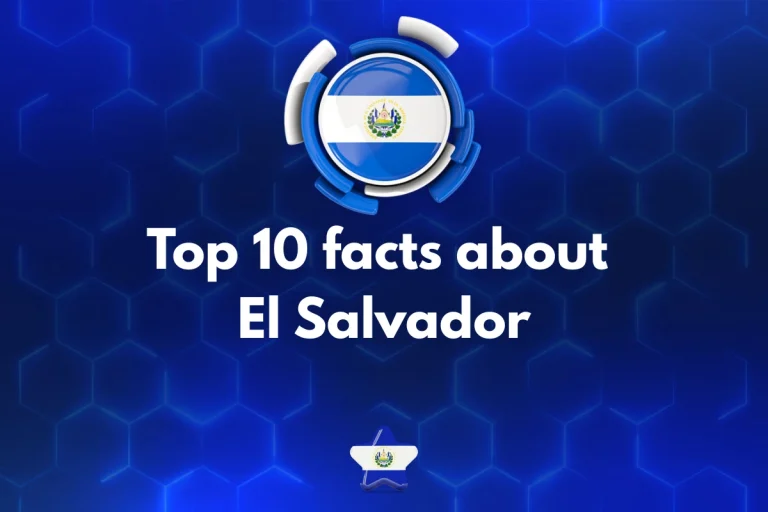
0 Comments